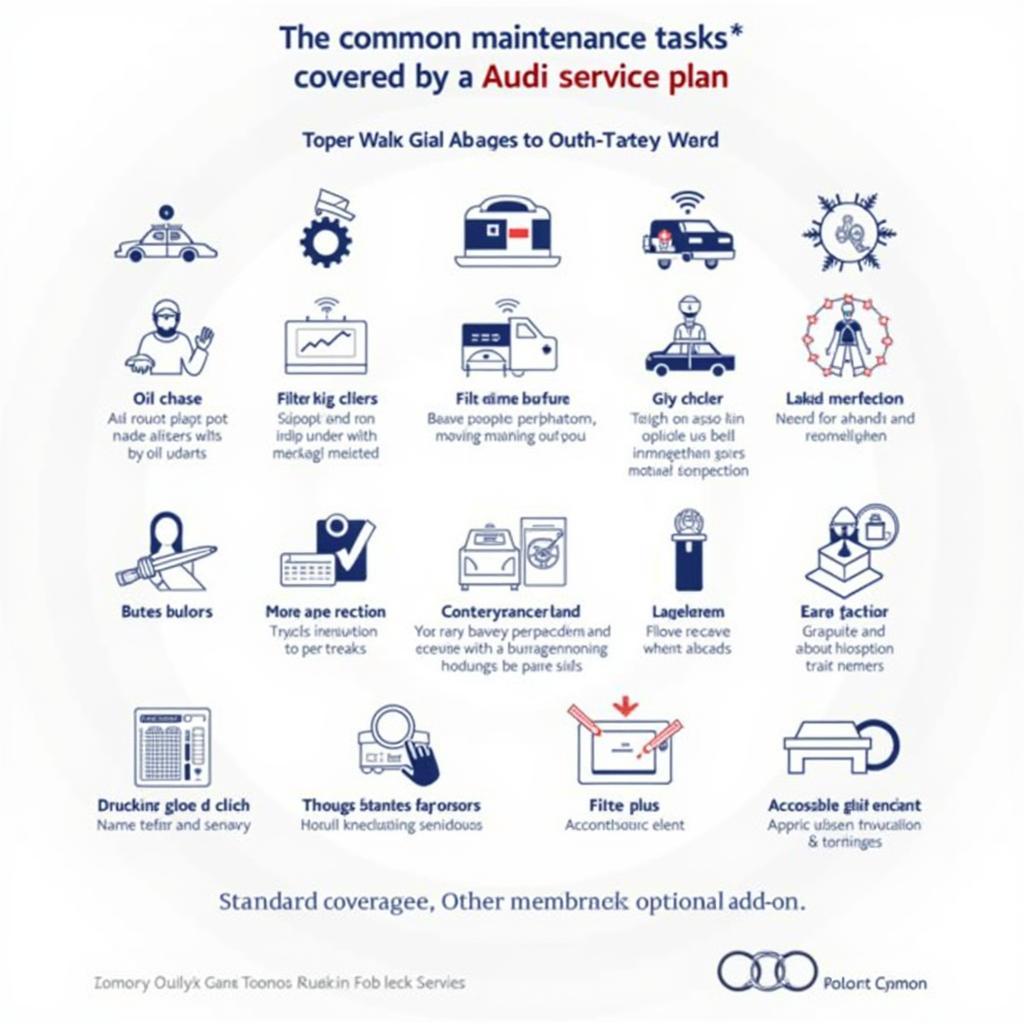How to Service a Car Radiator
Keeping your car’s cooling system in top shape is crucial for preventing overheating and costly engine damage. Knowing How To Service A Car Radiator is a vital skill for any car owner, whether you’re a DIY enthusiast or prefer professional assistance. This guide will walk you through the process, ensuring you can keep your engine running cool and efficiently.
Regular radiator maintenance is key to a healthy engine. Neglecting your radiator can lead to overheating, which can cause serious damage to your engine components. Learn more about the importance of regular maintenance by visiting our page on is car radiator service needed.
Understanding Your Car’s Cooling System
Before diving into how to service a car radiator, it’s essential to understand the basics of your car’s cooling system. The radiator is the heart of this system, responsible for dissipating heat generated by the engine. Coolant, a mixture of water and antifreeze, circulates through the engine, absorbing heat, and then flows into the radiator. Here, the coolant is cooled by air passing through the radiator fins before circulating back into the engine. Other crucial components include the water pump, thermostat, hoses, and radiator cap.
Checking the Coolant Level
One of the most straightforward checks you can perform is verifying the coolant level. Always check the coolant level when the engine is cold. Locate the coolant reservoir, usually a translucent plastic tank near the radiator. The reservoir will have minimum and maximum markings. Ensure the coolant level is between these marks. If it’s low, top it off with the correct coolant type specified in your car’s owner’s manual.
 Checking Car Coolant Level in Reservoir
Checking Car Coolant Level in Reservoir
Inspecting for Leaks
Regularly inspect the radiator and hoses for any signs of leaks. Look for puddles of coolant under your car or wet spots around the radiator and hoses. A leaking radiator or hose can lead to rapid coolant loss and overheating. If you suspect a leak, it’s best to have it inspected by a professional mechanic.
Flushing the Radiator
Flushing your radiator involves draining the old coolant and replacing it with fresh coolant. This is important to remove any rust, debris, and contaminants that can build up over time and hinder the cooling system’s efficiency. You can find a more detailed explanation of this process on our page dedicated to how to service your car radiator.
 Flushing Old Coolant from Car Radiator
Flushing Old Coolant from Car Radiator
Testing the Radiator Cap
The radiator cap plays a crucial role in maintaining the correct pressure within the cooling system. A faulty cap can lead to leaks and overheating. You can test the cap using a pressure tester, available at most auto parts stores. Follow the instructions provided with the tester to determine if the cap is holding pressure correctly. If you’re unsure about any aspect of car radiator service, a comprehensive guide on what should be included in a full car service can provide further clarity.
Addressing Common Radiator Problems
Several issues can arise with your car’s radiator, including leaks, clogs, and a faulty thermostat. Addressing these issues promptly is essential to prevent further damage.
How often should I service my car radiator?
It’s generally recommended to flush your radiator every two years or as specified in your car’s owner’s manual. You can learn more about car coolant service on our dedicated page what is car coolant service.
“Regular preventative maintenance is far more cost-effective than dealing with major repairs down the line,” advises John Smith, Senior Automotive Technician at Smith’s Auto Repair.
How to Service a Car Radiator: Key Takeaways
Learning how to service a car radiator is a valuable skill for any car owner. Regular maintenance can help prevent costly repairs and ensure your engine runs smoothly.
Remember, a well-maintained cooling system is essential for your car’s performance and longevity. For those with diesel vehicles and high mileage, it’s crucial to understand the specific service requirements. Our guide on what diesel service does a car need at 200000 miles can offer valuable insights.
FAQ
- What is the purpose of a car radiator?
- How often should I check my coolant level?
- What type of coolant should I use in my car?
- What are the signs of a faulty radiator?
- How much does it cost to replace a car radiator?
- How can I prevent radiator problems?
- Can I flush my radiator myself?
Need assistance with your car’s cooling system? Contact us via WhatsApp: +1(641)206-8880, or Email: [email protected]. We have a 24/7 customer support team ready to assist you.

